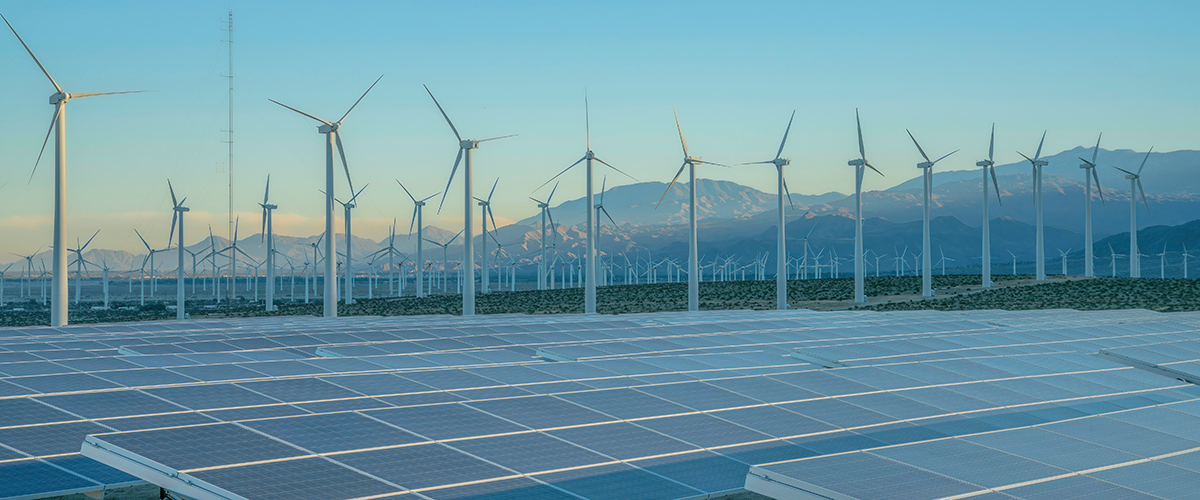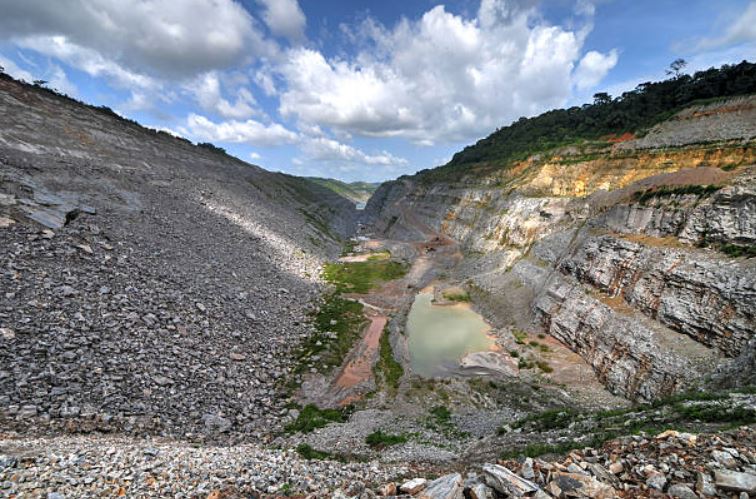Côte d’Ivoire is rich in natural resources and mostly relies on them for economic growth. The country is the world’s number one in cocoa production up 31.7% of global exports.
It’s also a key exporter of rubber (11.2%) and cashew nuts (6.9%). The country holds vast mineral wealth, gold, diamonds, iron ore, bauxite, and manganese. Gold mining is booming, contributing 12.8% of exports in 2023, with discoveries boosting prospects. Offshore petroleum is another major asset.
The Baleine field alone holds 2.5 billion barrels of crude oil and 3,300 billion cubic feet of natural gas, making up 15.8% of exports in 2023. Hydroelectric and thermal power sustain local energy needs, while refined petroleum fuels regional trade.
However, challenges like natural capital per capita fell 26% from 1990 to 2014. Deforestation is a major issue, forest cover shrank from 37% in 1960 to under 14% by 2010.
READ ALSO: Gambia Natural Resources: Locations, Discoveries,Export Potential, And Economic Impact
Côte d’Ivoire’s Natural Resources And Locations
Here‘s a list of Côte d’Ivoire natural resources, and where they can be found:
| Natural Resources | Locations |
|---|---|
| Petroleum | Offshore reserves (Espoir field, Block CI-40) |
| Natural Gas | Offshore reserves (Baleine field) |
| Gold | Tongon, Ity, Bonikro, Yoaouré |
| Diamonds | Séguéla, Tortiya |
| Iron Ore | Mount Nimba, Mount Klahoyo |
| Manganese | Southern regions |
| Bauxite | Eastern regions |
| Nickel | Bounta deposit, Samapleu project |
| Cobalt | Associated with nickel deposits |
| Copper | Scattered deposits |
| Tantalum | Scattered deposits |
| Silica Sand | Southern regions |
| Clay | Nationwide |
| Cocoa Beans | Forest zones near Abidjan |
| Coffee | Forest zones near Man and Daloa |
| Palm Oil | Cultivated forest zones near Bouaké |
| Rubber | Eastern cultivated forest zone |
| Hydropower | Bandama River, Sassandra River |
Discoveries Of Côte d’Ivoire’s Natural Resources
Gold is the country’s most exploited mineral, with major deposits found in Ity, Angovia, Bonikro, and Tongon. The Tongon gold mine began operations in 2010, producing over 7.5 tonnes annually. By 2015, total gold production reached 23.5 tonnes.
Large-scale operations dominate the industry, but artisanal mining remains notable, with over 400 small-scale sites identified.
Diamonds were first discovered in 1928 in the Séguéla and Tortiya regions. French company SAREMCI started exploitation in the 1940s.
At its peak, production ranged from 150,000 to 175,000 carats annually. However, civil unrest and legal issues disrupted the sector. By 2016, diamond exports were valued at $5.1 million, though the industry remains underdeveloped.
Iron ore was first found near Mount Klahoyo in 1927, later near Mount Nimba. Reserves are estimated at 6 billion tonnes, but mining has seen little progress.
Nickel is present in Bounta and Samapleu, while coltan, essential for electronics, is scattered across the country. These remain largely untapped.
Manganese deposits are in the south, while bauxite reserves are in the east. Both resources have yet to be fully developed.
Offshore petroleum reserves were discovered in 1977 and exploited starting in 1995. Major fields include Espoir and Block CI-40.
The Baleine hydrocarbon field, found in 2021, is one of the largest recent discoveries, holding an estimated 2.5 billion barrels of oil and 3,300 billion cubic feet of natural gas.
Natural gas reserves, identified in the 1980s, exceed 1 trillion cubic feet, supporting domestic energy needs and exports. Hydropower is another key asset, with major rivers like Bandama and Sassandra driving electricity production.
Cocoa farming dates back centuries, but advancements during the colonial period made Côte d’Ivoire the world’s top producer. Forest zones near Abidjan remain central to production.
Rubber plantations expanded after independence, especially near Bouaké, while palm oil production grew due to improved processing facilities.
These discoveries have made Côte d’Ivoire one of Africa’s fastest-growing economies. Gold alone contributed to a 16.5% rise in mining revenue by 2016. Petroleum and natural gas have turned energy exports into a pillar of the economy.
Export Potential Of Côte d’Ivoire’s Natural Resources
| Natural Resources | Export Contribution (2023) | Major Markets |
|---|---|---|
| Cocoa | 31.7% | Europe, North America |
| Petroleum | 15.8% | Mali, Burkina Faso |
| Gold | 12.8% | Global (China, India) |
| Rubber | 11.2% | Asia |
| Cashew Nuts | 6.9% | India, Vietnam |
Gold exports made up 12.8% of Côte d’Ivoire’s total exports in 2023. The gold mining sector is expanding fast, with new discoveries. In 2025, demand is expected to keep the sector strong.
Diamonds are also a key mineral export, though trade has faced setbacks from past conflicts and illegal activity. Côte d’Ivoire follows the Kimberley Process to ensure its diamonds are conflict-free.
Petroleum exports accounted for 15.8% of total exports in 2023. The Baleine field’s development is set to boost oil production by 2028, increasing export potential. Natural gas production is also growing.
The Baleine field holds large reserves, making natural gas essential for both domestic energy and regional trade. Côte d’Ivoire is the world’s largest cocoa producer, responsible for 31.7% of global exports.
After a tough 2023 due to climate-related drops, cocoa exports are expected to recover in 2024. The international price of cocoa beans hit $11,000 per metric ton in April 2024, a big win for Ivorian farmers.
Rubber and cashew nuts remain essential exports. The country is the third-largest rubber producer in the world, with production rising as agriculture shifts. Cashew nuts are another major commodity.
Economic Impact Of Côte d’Ivoire’s Natural Resources
| Resources | Contribution to GDP | Employment Impact | Economic Growth Contribution |
|---|---|---|---|
| Cocoa | 15% | High | Notable export revenue |
| Petroleum | 5% | Moderate | Energy security and exports |
| Gold | 3% | Moderate | Foreign exchange earnings |
| Rubber | 2% | High | Different export base |
In 2023, the country saw a 6.5% GDP growth, with strong exports from agriculture and mining. The agricultural sector, led by cocoa, contributes around 15% to GDP.
Petroleum and natural gas add 5%, while gold accounts for about 3%. These industries don’t just drive growth, they create jobs and sustain livelihoods.
Agriculture and mining are major job providers. Cocoa farming alone supports hundreds of thousands of workers. Gold and diamond mining also offer employment, though they require more capital investment.
Natural resources bring economic stability by generating foreign exchange through exports. This income strengthens infrastructure, funds public services, and supports long-term development.

